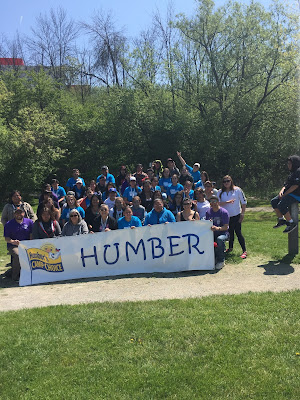Residential Schools
The legacy of residential schools in Canada is recognised as
one of the darkest times in history. The purpose of this paper is to explain
the effects of residential schools in Canada, and how they impacted indigenous
culture. The reason for this paper is my own personal background being
indigenous, and having my great grandfather attend the residential school in
Brantford entitled the Mohawk Institute,
sometimes referred to as the “Mush-hole”.
The residential schools were run by the federal government
and church. The first residential school opened in 1879 in Pennsylvania, and
the last federally run residential school closed in 1996, in Saskatchewan,
which was not that long ago. There were over 150,000 native children who were
forced to attend the residential school, and the key purpose of this according
to the federal government and church were to assimilate the native children
into the western society through civilization, and converting the children to
Christianity.
According to some academics, they argue that the schools’
purpose was to eliminate the Indian problem, through assimilation. This
resulted in harsh experiences for the native children who suffered various
forms of abuse including sexual, emotional, and spiritual abuse. But, equally
important, the native children were abused and punished for speaking their
native tongue, and practicing their traditional ceremonies, which were not
allowed.
The schools themselves were poorly built, and unsanitary.
They were filled with numerous amounts of diseases, and rats, which were very
unhealthy. As a result of the harsh and abusive experiences, this led to
negative consequences when the children returned home to their native
communities. The children’s experiences led to loss of culture, language, and
most importantly, the loss of cultural identity. This is because they were
taught to be ashamed of whom they were.
Consequently, when the children returned to their native
communities, there was a disconnection from their cultural identity, because
they forgot how to speak their languages, and engage in their traditional
ceremonies. However, most importantly, the lasting impacts resulted in
intergenerational impacts on the survivors’ families. This led to alcohol
dependence, drug abuse, violence, and many other behaviours to try to rid the
pain they suffered.
Recently, many native communities have started to revitalize,
or bring back, their traditional ceremonies and languages, through resistance
and treatment options. This demonstrates the strength and determination of
native communities to sustain and revitalize their culture and native languages
through resistance and treatment practices, by incorporating native medicines,
or ways of knowing, to help heal those in pain and suffering.
Lastly, as a summary of what I have discussed throughout this
paper, the impacts of residential schools in Canada on native culture were; the
intention of assimilation, harsh experiences, lasting impacts of the negative
outcomes, and finally; survivors and families taking action, revitalizing
native languages and culture. In conclusion, I leave you with this final
thought; the use of residential schools in Canada did NOT eradicate the
indigenous culture.
Nya:wen.
Thank you.
By;
LV
My topic discusses the legacy of residential schools in Canada and how it impacted indigenous culture. The purpose of this paper is to explain the intergenerational impacts of residential schools on many families today. The reason why I chose this topic is because my great grandfather attended the residential school in Brantford, ON. His resiliency and determination to escape/overcome the negative experiences of residential schools led him to become the first native lawyer in Canada. Due to his resiliency; I wanted to discuss the positive changes of bringing back languages and cultural knowledge to many native communities. Personally, I wanted to express my thoughts and personal knowledge from family to present to my class of the harsh experiences that many native children had to endure.






















































